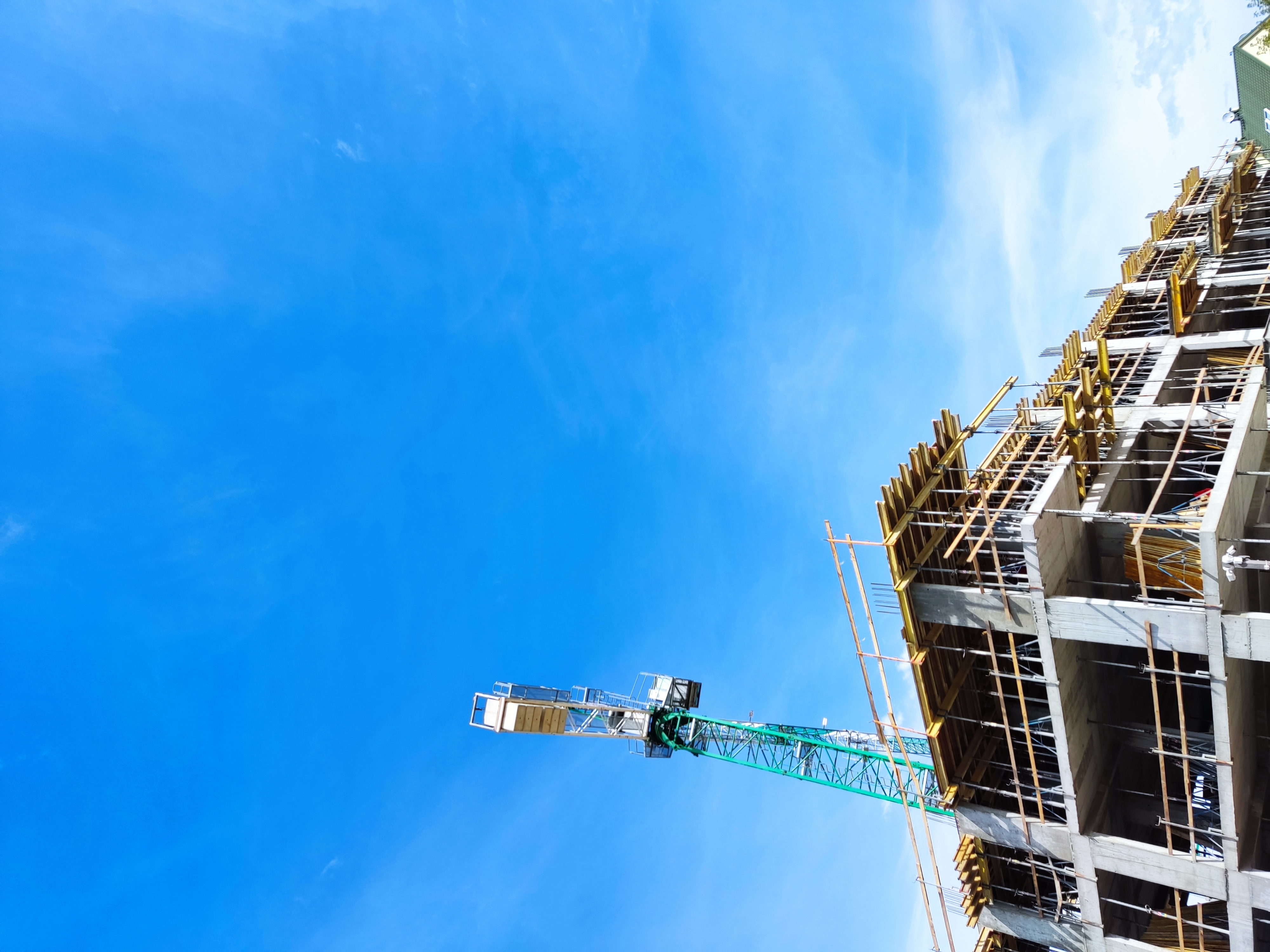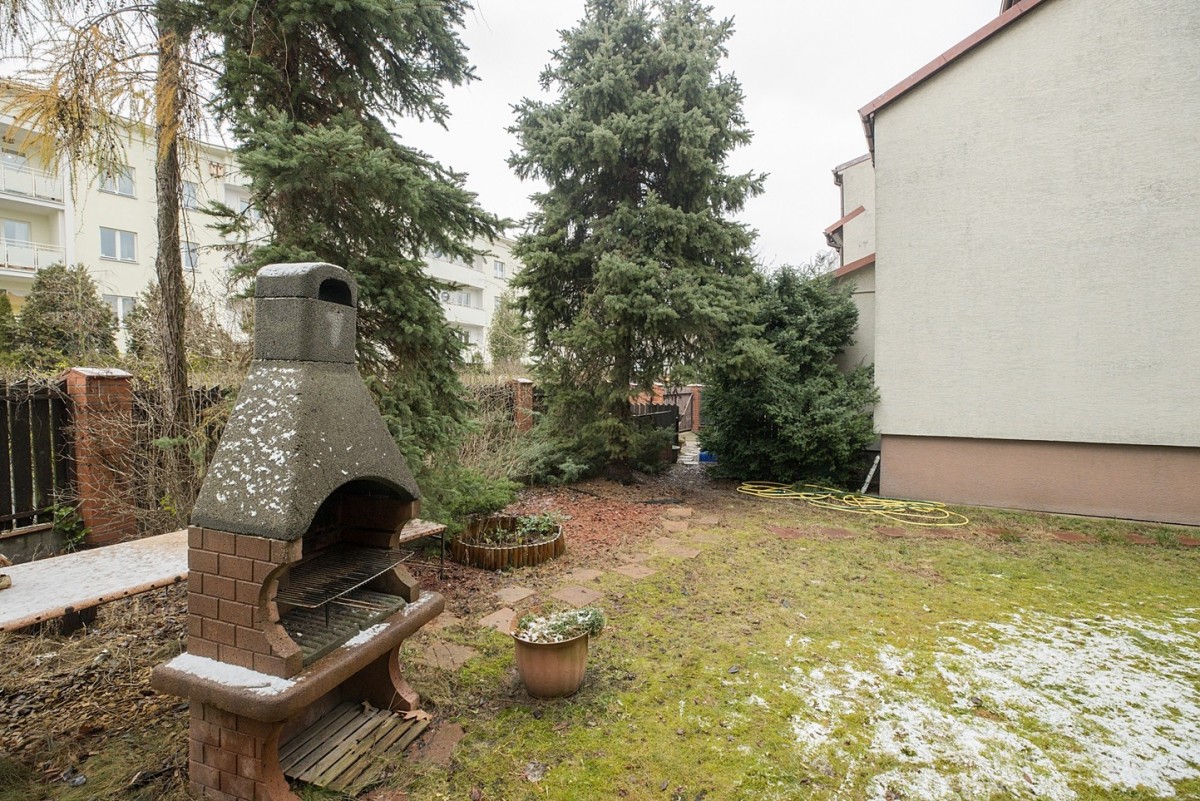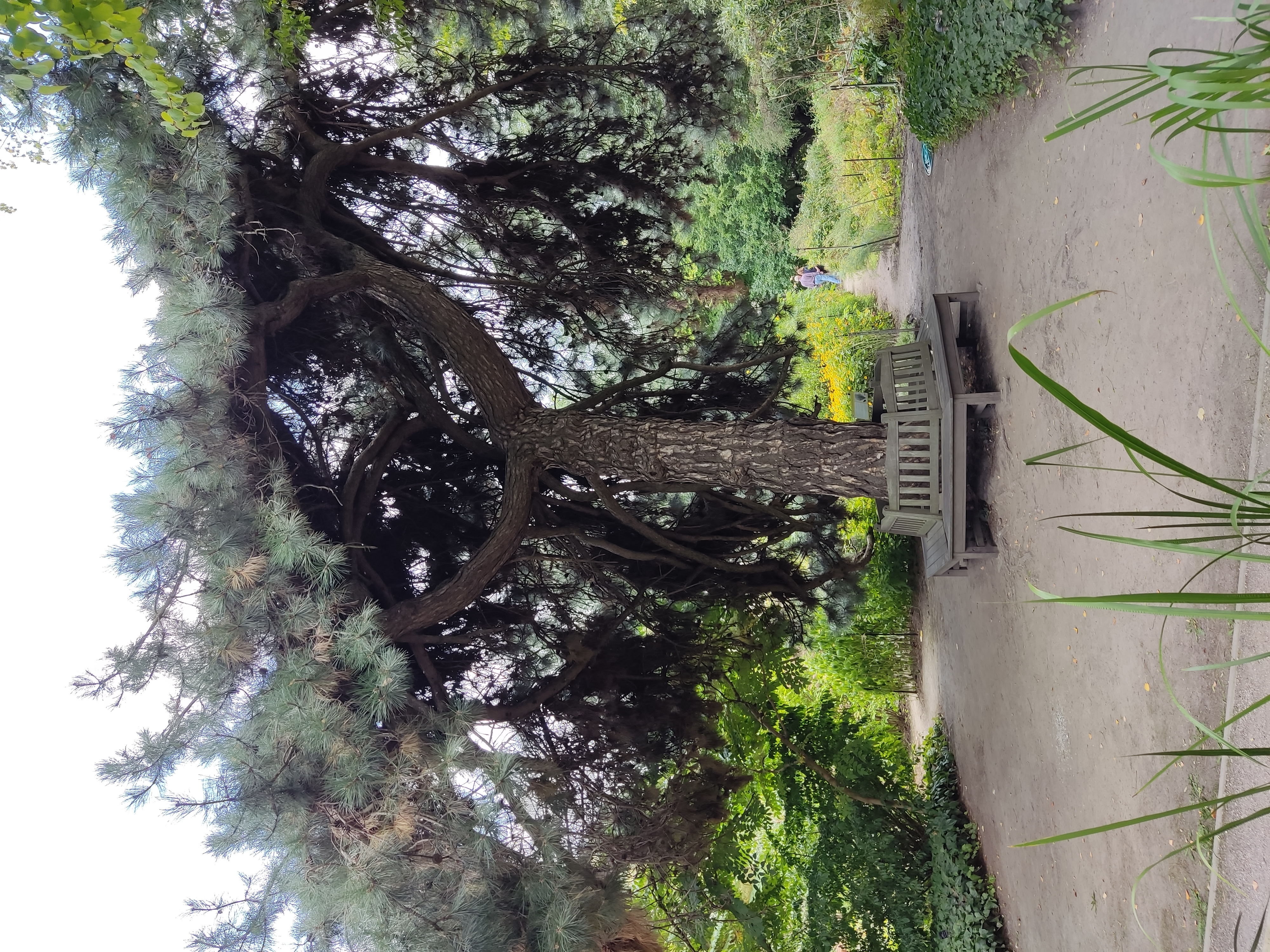Churches and temples in the Old Town of Warsaw

Churches and temples in the Old Town of Warsaw
The Old Town of Warsaw has a rich historical heritage, including many churches and temples, which are not only religious places, but also significant historical and architectural monuments.
Catholic churches in the Old Town of Warsaw
*Kościół Ojców Paulinów pw. Świętego Ducha, Kościół pw. Ducha Świętego i klasztor Paulinów, Sanktuarium Jasnogórskiej Matki Życia, Kościół katolicki, st. Długa 3, Warszawa. Already in the XIV century there was a small wooden church. Expanded several times, it burned down during the Swedish invasion in 1655. The city did not have the funds to restore it. King John Casimir gave the square to the Pauline monks from Częstochowy and they built a baroque church and a monastery. In 2019, the church became the diocesan Sanctuary Jasnogórskiej Matki Życia.
*Katedra Polowa Wojska Polskiego, Kościół Garnizonowy, Katedra katolicka, st. Długa 13/15, Warszawa. In 1642, a small wooden church was built here by the Order of Piarists. During the Swedish wars, the church burned down and was rebuilt. The beautiful baroque church of St. Our Lady of Victory and Saints Primus and Felician was consecrated in 1701. Since 1834, the Piarist church became the Orthodox Cathedral of the Warsaw Diocese of the Holy Trinity. Since 1919, the temple has again become Catholic. In January 1991, the Field Ordinariate of the Polish Army was restored. In 2008-2014 the cathedral was reconstructed.
*Zgromadzenie Braci Serca Jezusowego, Świątynia, st. Kanonia 6, Warszawa
*Church of the Capuchin Fathers of the Transfiguration Miodowa 13, Warszawa. The Capuchin Church was built in 1684-1696 in honor of the victory in the Battle of Vienna. Baroque style. Inside is a sarcophagus with the heart of King Jan Sobieski. In 1864 the Capuchin monastery was closed. In 1888, the monastery buildings were demolished, and Kapucinska Street was built in their place. Ten years later, the temple was restored and the presbytery was erected. In 1918, after the restoration of independence, the Capuchins returned here. During the Warsaw Uprising of 1944, the church was significantly damaged. After the end of the war, reconstruction was carried out. In the basement of the temple there is a mobile Christmas nativity scene.
*Zgromadzenie Braci Serca Jezusowego, Świątynia, st. Miodowa 17/19, Warszawa
*Kościół sióstr Franciszkanek Służebnic Krzyża pw. Sw. Marcina, Koscioł pw. Św. Marcina (oo. augustianów), Kościół katolicki, st. Piwna 9/11, Warszawa. The church is located next to the famous Cathedral of St. John and Castle Square. Located on one of the narrow pedestrian streets of the old town, in the very center. Baroque facade. Back in the 14th century, there was a Gothic Augustinian church here. The interior is completely modern and simple, copies of an old altar and paintings.
*Kościół Ojców Jezuitów pw. Matki Bożej Łaskawej, Sanktuarium Matki Bożej Łaskawej, Dom Zakonny Towarzystwa Jezusowego, st. Świętojanska 10, Warszawa. Church of Our Lady of Grace (Patron of Warsaw), former monastery church of the Nativity of the Blessed Virgin Mary and St. Ignacy of Loyola in Warsaw. Here is the sanctuary of the Virgin of Grace. It was built in 1609-1626. In 1944, the temple was almost completely destroyed, and in 1948-1957 it was restored. It is under the care of the Jesuit Order. The building combines elements of Italian architecture with elements of Northern European architecture. In the construction of the church, you can also see elements characteristic of Poland, for example, the Lublin vault. The church is a single-nave Mannerist and Baroque building.
*Bazylika archikatedralna św. Jana Chrzciciela, st. Świętojanska 8, Warszawa. Cathedral Basilica of St. John the Baptist - Cathedral of the Warsaw Archdiocese. One of the oldest churches in Warsaw. This is one of the most important places of Polish culture and national traditions. The priest Piotr Skarga preached within its walls, Vladislav IV Vasa swore an oath to his pacta conventa, weddings took place here, the coronations of two Polish rulers, the funerals of many personalities, the Constitution was sworn in on May 3. Now important state ceremonies are held here.
The first temple on the site of the current presbytery was a wooden castle chapel built at the turn of the 13th and 14th centuries. The temple was damaged during the defense of Warsaw in September 1939 and almost completely destroyed by the Germans in 1944. It was reconstructed in 1948–1956. In 2012–2015, the cathedral underwent extensive renovations.
Temples of other confessions in the Old Town of Warsaw
In the Old Town of Warsaw there is an Orthodox church, a Greek Catholic church, a Lutheran center.
*Orthodox Church of the Holy Trinity - Orthodox Chapel (Cerkiew Świętej Trójcy - kaplica prawosławna), st. Podwale, 5, Warszawa. Church of the Holy Trinity in Podwale is the oldest historical Orthodox church in Warsaw. Currently, it is a parish church (belongs to the Warsaw deanery of the Warsaw-Bialya diocese of the Polish Autocephalous Orthodox Church) and the religious center of the Coptic Orthodox Church in Poland. The first Orthodox church in Warsaw. It was founded in 1796. This temple operated until 1806.
In 1818, an Orthodox chapel designed by Yakub Kubitsky was built in the courtyard of a tenement house at 5, Podvale Street. In 1825, the temple came under the jurisdiction of the Russian Orthodox Church. In 1834 an Orthodox diocese was established in Warsaw. Until the consecration of the Trinity Cathedral in 1837, this small church served as the cathedral church of the Orthodox Bishop of Warsaw. It later functioned as a parish church.
During the Warsaw Uprising, the temple was completely destroyed along with the entire Old Town. After the war, church property, along with the ruins of the temple, was nationalized. The profitable house was rebuilt and used for residential and household needs, and the rubble of the chapel in the courtyard was removed. In 1998, the property and the house at 5 Podwale Street were returned to the Orthodox Church. A small Orthodox chapel was rebuilt on the first floor of the house.
Church and Monastery of the Assumption of the Blessed Virgin Mary and St. Josaphat, Bishop and Martyr in Warsaw Miodowa 16, Warszawa. Greek Catholic Church and Monastery of the Basilian Fathers. The church is a co-cathedral of the Przemysl-Warsaw archdiocese. It is currently the only Greek Catholic church in Warsaw.
The building was erected in 1782-1784. In 1875 the temple passed into the jurisdiction of the Moscow Patriarch. It was the oldest Basilian monastery in the Russian Empire. After the restoration of Poland's independence in 1929, the monastery was returned to its original owners. In 1932, the church assumed the role of a parish church, and four years later the Basilians took back the entire building. The church was completely destroyed during the Warsaw Uprising. It was rebuilt in 1946-1949. Neoclassical building. It has three floors, the religious and residential parts are located in the same building, but have separate entrances.
*Parafia greckokatolicka pw. Zaśnięcia Najświętszej Marii Panny, Kościół chrześcijański, st. Miodowa 16, Warszawa. The Parish of the Assumption of the Blessed Virgin Mary in Warsaw is a Greek Catholic parish in Warsaw, part of the Warsaw-Lodz deanery of the Przemysl-Warsaw Archdiocese. Founded in 1784; restored in 1938.
*Archdiocese of the Przemysl-Warsaw Greek Catholic Church in Poland (Archidiecezja Przemysko-Warszawska Kościoła Greckokatolickiego w Polsce), st. Miodowa 16, Warszawa
*Centrum Luterańskie - siedziba Władz Zwierzchnich Kościoła Ewangelicko, Augsburskiego w Polsce, Kościół Ewangelicko-Augsburski, st. Miodowa 21A, Warszawa. The Lutheran Center in Warsaw is a complex of office, educational and residential buildings located at ul. Miodowa 21 in Warsaw, where the head office of the Evangelical Augsburg Church is located. It has been operating since 1968. Reconstruction was carried out in 2007. It was built on the site of Baron Stanisław Lesser's tenement house, which was destroyed in September 1939. This is a modernist building, it hardly fits into the Old Town.
These churches and temples in the Old Town of Warsaw are not only of religious significance, but are also important cultural and historical artifacts that attract many visitors and pilgrims.
Blog

Housing construction in Warsaw in 2010 - 2021
Housing construction in Warsaw in 2010 - 2021

Is it possible to burn branches on your property or in the garden?
Is it possible to burn branches on your property or in the garden?

Nature reserves and protected areas in Warsaw
Nature reserves and protected areas in Warsaw





